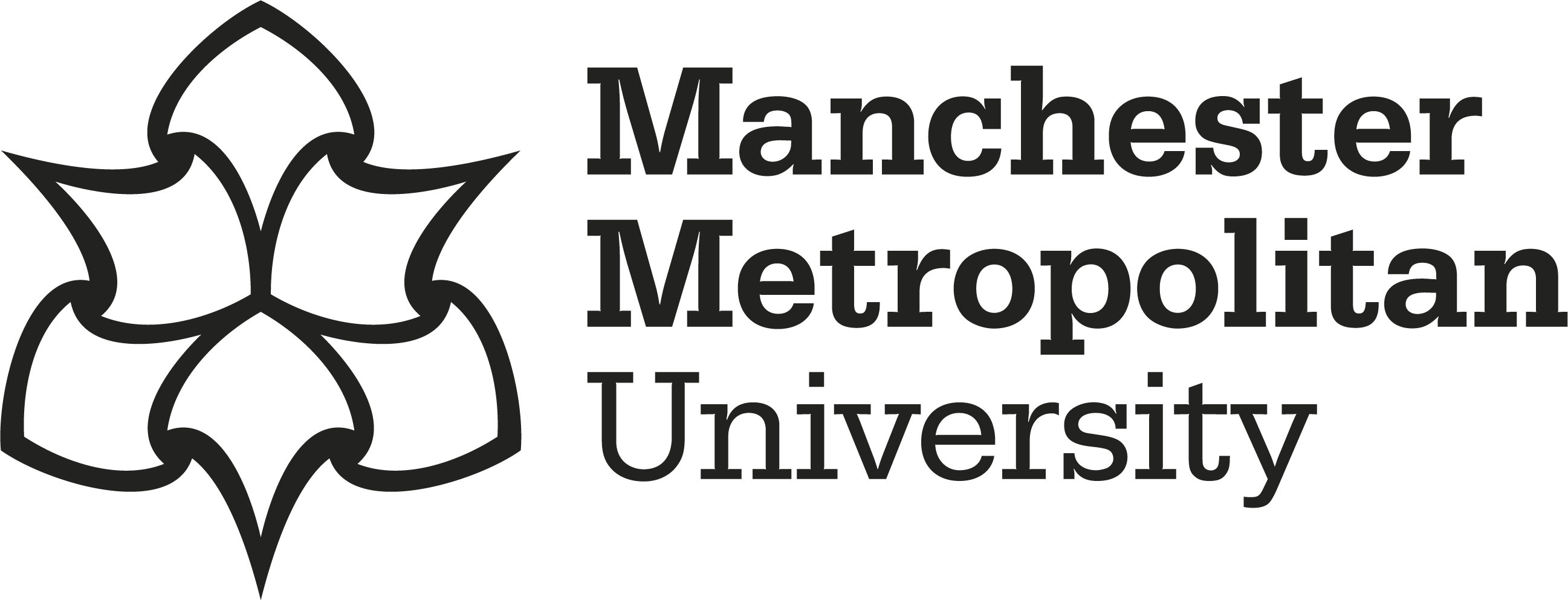Cassidy, Bill 

|
Published Version
Available under License Creative Commons Attribution Non-commercial No Derivatives. Download (5MB) | Preview |
Abstract
Chronic wounds and associated complications present ever growing burdens for clinics and hospitals world wide. Venous, arterial, diabetic, and pressure wounds are becoming increasingly common globally. These conditions can result in highly debilitating repercussions for those affected, with limb amputations and increased mortality risk resulting from infection becoming more common. New methods to assist clinicians in chronic wound care are therefore vital to maintain high quality care standards. This paper presents an improved HarDNet segmentation architecture which integrates a contrast-eliminating component in the initial layers of the network to enhance feature learning. We also utilise a multi-colour space tensor merging process and adjust the harmonic shape of the convolution blocks to facilitate these additional features. We train our proposed model using wound images from light skinned patients and test the model on two test sets (one set with ground truth, and one without) comprising only darker skinned cases. Subjective ratings are obtained from clinical wound experts with intraclass correlation coefficient used to determine inter-rater reliability. For the dark skin tone test set with ground truth, when comparing the baseline results (DSC=0.6389, IoU=0.5350) with the results for the proposed model (DSC=0.7610, IoU=0.6620) we demonstrate improvements in terms of Dice similarity coefficient (+0.1221) and intersection over union (+0.1270). Measures from the qualitative analysis also indicate improvements in terms of high expert ratings, with improvements of >3% demonstrated when comparing the baseline model with the proposed model. This paper presents the first study to focus on darker skin tones for chronic wound segmentation using models trained only on wound images exhibiting lighter skin. Diabetes is highly prevalent in countries where patients have darker skin tones, highlighting the need for a greater focus on such cases. Additionally, we conduct the largest qualitative study to date for chronic wound segmentation. All source code for this study is available at: https://github.com/mmu-dermatology-research/hardnet-cws.
Impact and Reach
Statistics
Additional statistics for this dataset are available via IRStats2.


